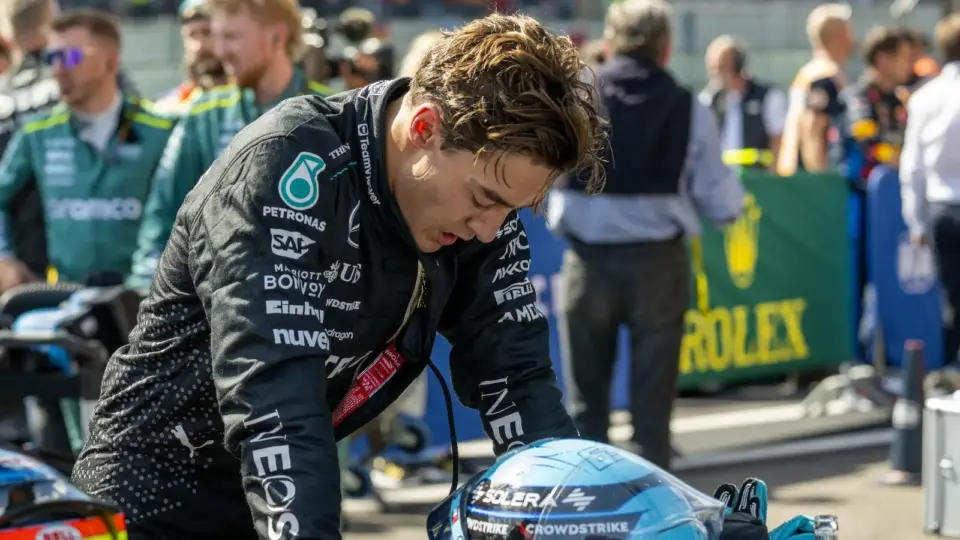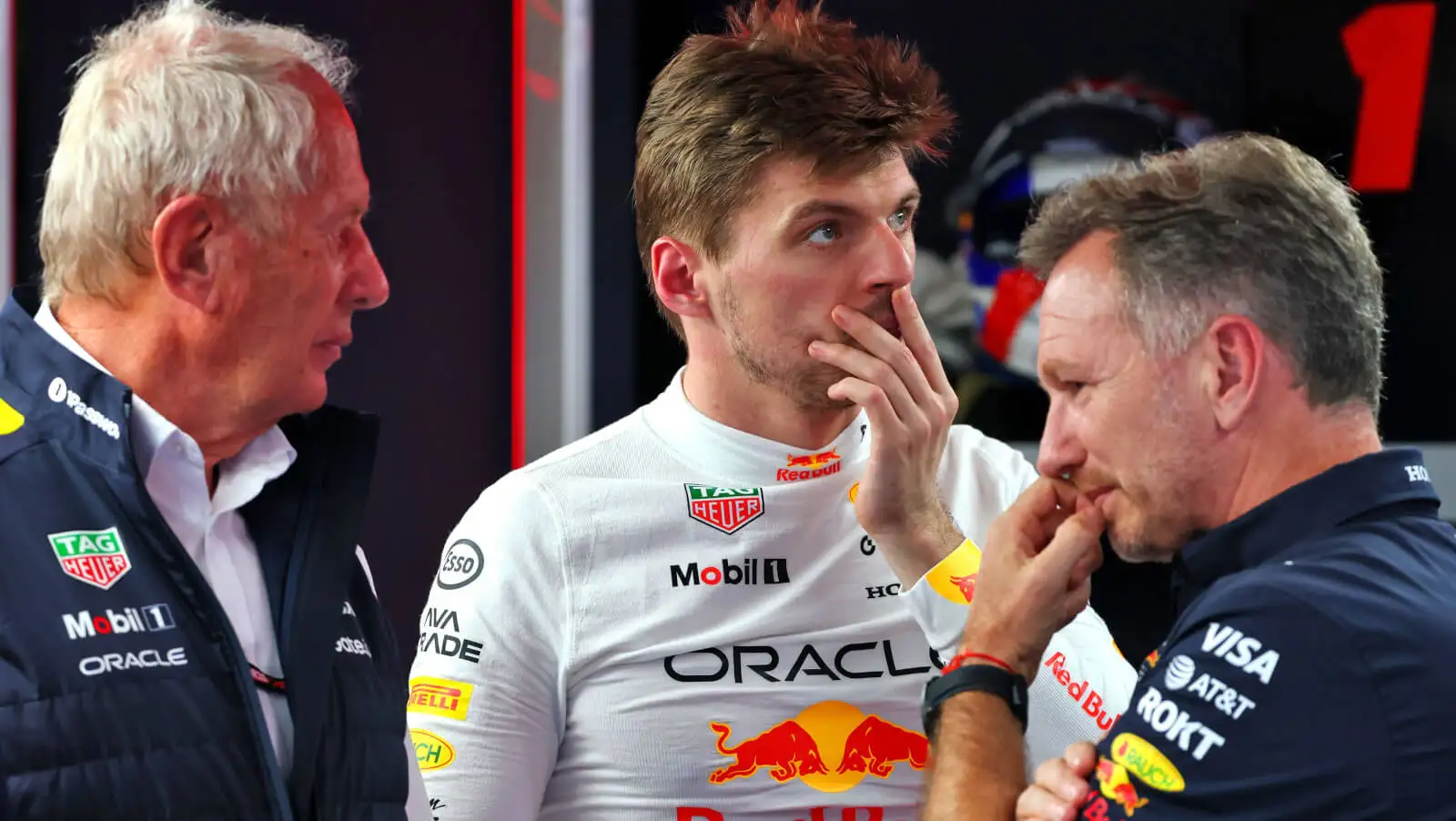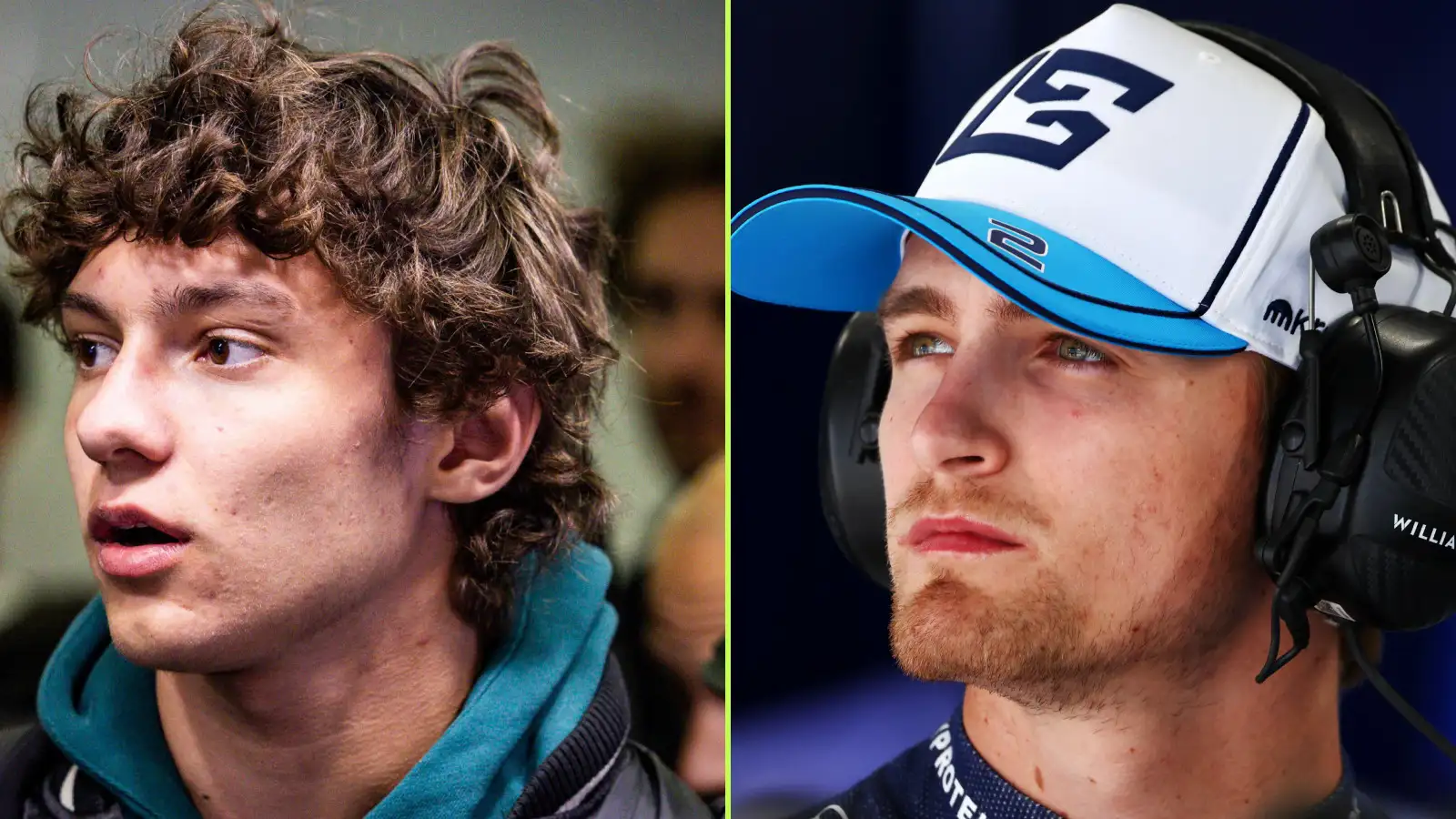In a wild twist at the Belgian Grand Prix, George Russell, before his disqualification, pulled off a daring one-stop strategy, securing a surprising temporary victory. The big question: Why didn’t the other top teams follow his lead?
Lewis Hamilton wondered why he wasn’t given the same one-stop strategy that enabled his teammate, George Russell, to clinch the win. Hamilton wasn’t the only one puzzled; Aston Martin’s Fernando Alonso was the only other driver in the top ten to attempt a one-stop.
The Spa-Francorchamps race showcased Formula 1 at its unpredictable best. Despite a tough start, Mercedes managed to secure a temporary one-two finish. The expected showdown between McLaren and Max Verstappen for the win never happened. Everyone expected high tire degradation on the partially resurfaced track, pushing teams towards a two-stop strategy using medium-hard-hard compounds. Teams were confident they could re-pass rivals on fresher tires even if they got undercut.
Rain on Saturday limited dry-weather running, catching both teams and Pirelli off guard. The lack of wear on the hard compound brought the one-stop strategy back into play. Small gaps between teams, a shorter DRS zone on Kemmel straight, and worsening dirty air made overtaking harder and track position more crucial. In the closing stages, fresher tires couldn’t help Hamilton pass Russell, and Oscar Piastri also got stuck behind both.
Piastri’s teammate, Lando Norris, was faster on his hard tires compared to Verstappen on mediums but couldn’t overtake in the battle for fifth. If clear air was so advantageous, why didn’t other drivers follow Russell’s lead? McLaren team principal Andrea Stella explained that committing to a one-stop was risky and could ruin a race if it didn’t work. McLaren, fighting Red Bull in the constructors’ championship, was more cautious than Russell, who seemed to have less to lose.
Ferrari’s Charles Leclerc was also tempted by the one-stop but opted for a conventional strategy. Leclerc explained that getting undercut by several cars would cause a significant loss in positions if the strategy failed. He attributed Mercedes’ success to their superior pace.
Ferrari team boss Fred Vasseur added that it was difficult to imagine doing 35 laps on one set of tires, especially without enough data from hard-starting Carlos Sainz. Verstappen, starting 11th after a grid penalty, could have benefited from a one-stop but felt his car wasn’t gentle enough on its tires.
Christian Horner, Verstappen’s team boss, noted that all Friday’s data pointed towards high degradation. The unexpected lack of tire wear and Russell’s gamble took everyone by surprise. Even Horner admitted Russell might not have initially planned on a one-stop. Nevertheless, Mercedes made it work, leaving the rest of the paddock scratching their heads.
Russell’s one-stop gamble at Spa was a masterstroke in strategy, catching everyone off guard. While it didn’t result in a lasting victory, it certainly left a mark, proving that sometimes, taking risks can lead to unexpected rewards.










